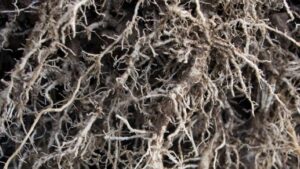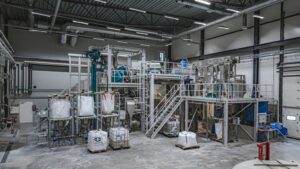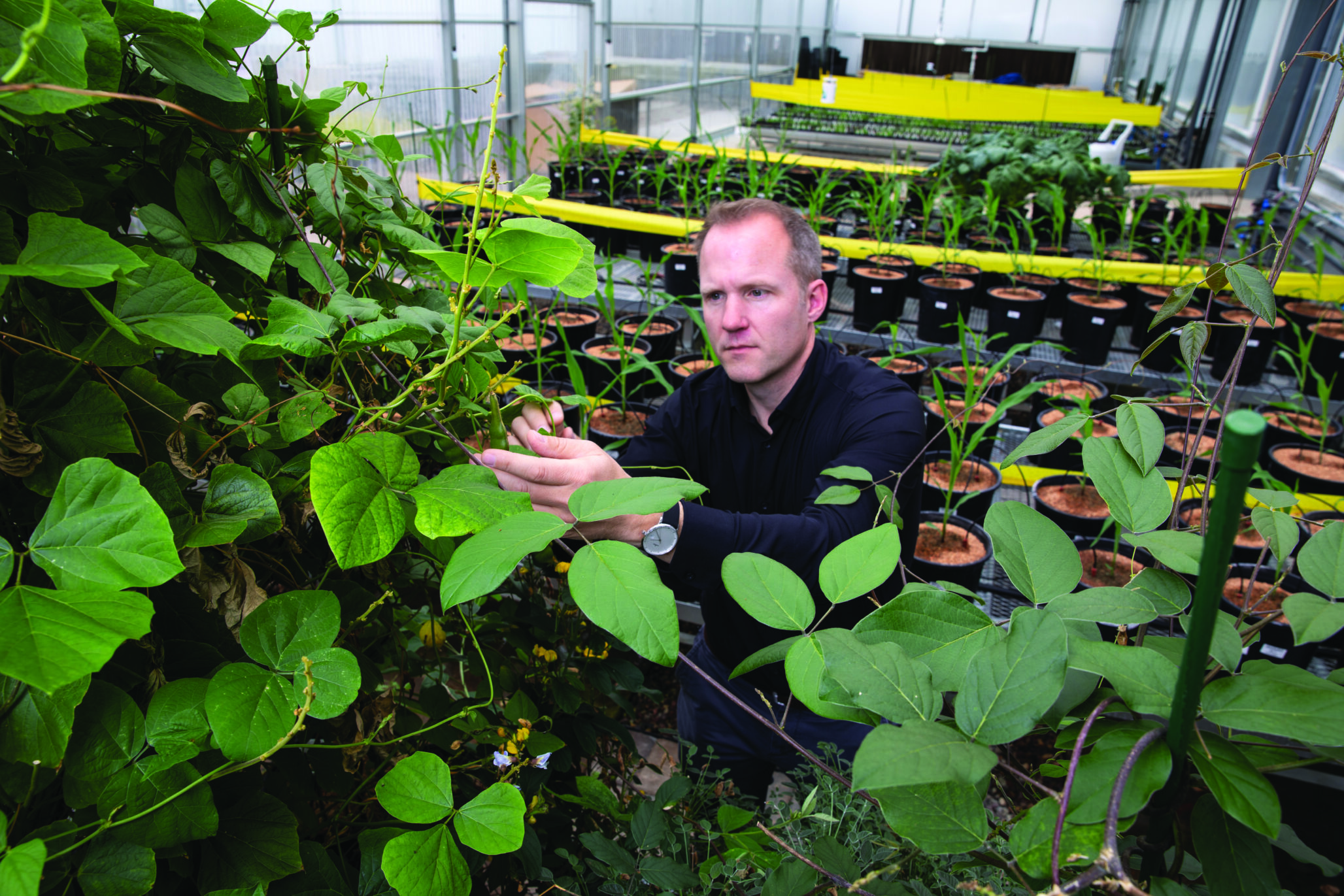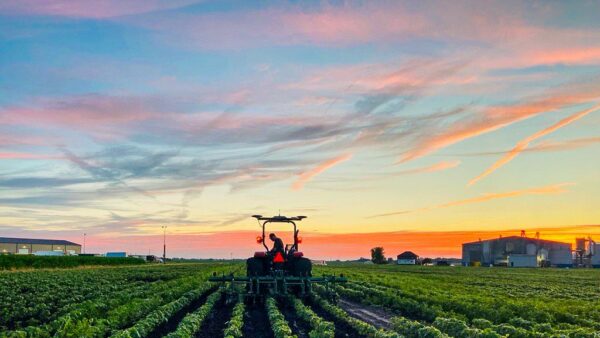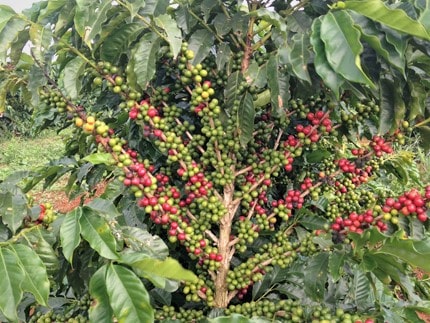As farmers spend billions of dollars spreading nitrogen on their fields this spring, researchers at the University of Missouri are working toward less reliance on the fertilizer.
Less dependence on nitrogen could start with a simple type of grass, Setaria viridis, and its relationship with bacteria. The plant promises to lay groundwork for scientists exploring the relationship between crops and the nitrogen-fixing bacteria that provide them the nitrogen plants need daily.
“In science… we often work with such small microorganisms and DNA that you cannot see,” says Fernanda Amaral, co-author and MU postdoctoral fellow at Bond Life Sciences Center. “Before this research, no one had actually proved such evidence that nitrogen excreted by bacteria could be incorporated into plants like this.”
Biological nitrogen fixation — where diazotrophic bacteria fix atmospheric nitrogen and convert it to ammonium — provides a way for plants to alter and absorb the nutrient. Farmers have long known that legumes like soybean fix nitrogen due to the symbiosis with bacteria in the soil through development of nodules on their roots, but since grasses like corn and rice don’t form these specialized structures, that relationship has been trickier to explore.
In fact, this team’s experiments showed the grass Setaria viridis received 100 percent of its nitrogen needs from the bacteria Azospirillum brasilense when associated with plant root surfaces.
“We want to identify the genes responsible for the interaction between plants and bacteria and the ones involved with the nitrogen uptake,” Amaral says. “We hope that will allow us to improve plant growth based on the gene [and enable] further study. We believe that our findings can stimulate others studies in this area, which seems to promise a plant-friendly way for promoting sustainable agriculture.”


